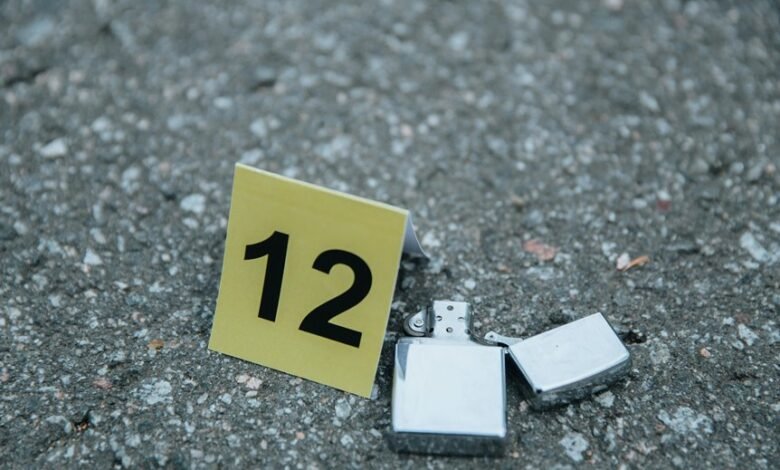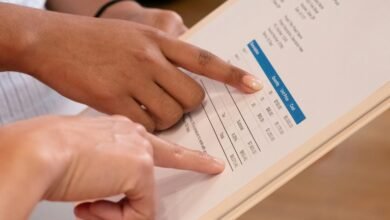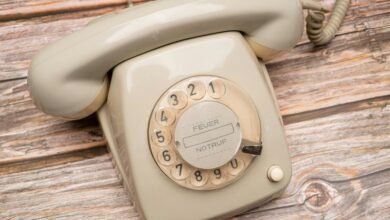20784200 Phone Number Breakdown: Investigating Call Sources

The 20784200 phone number presents a noteworthy case for analysis within the realm of telecommunications. Its association with telemarketing activities raises concerns about the legitimacy of incoming calls. Moreover, its frequent flagging by fraud detection systems highlights the potential risks for recipients. Understanding the sources and patterns of these calls is crucial for distinguishing between genuine callers and potential scammers. The implications of this knowledge merit further examination.
Understanding the 20784200 Phone Number
The phone number 20784200 presents a unique case for analysis within telecommunications. Its history reveals significant patterns in communication trends, indicating both usage frequency and caller demographics.
Common Call Sources Associated With 20784200
Analyzing the call patterns associated with the phone number 20784200 reveals a range of common sources that contribute to its activity.
Predominantly, telemarketing tactics dominate, targeting consumers with promotional offers. Additionally, the number has been flagged in fraud detection systems, indicating potential misuse.
This combination of marketing and risk signals emphasizes the need for caution among recipients of calls from this number.
Identifying Legitimate Callers vs. Scammers
How can one effectively distinguish between legitimate callers and potential scammers in today’s complex telecommunication landscape?
Effective scam identification hinges on thorough caller verification methods, such as cross-referencing caller information with known databases and analyzing call patterns.
Additionally, awareness of common red flags—such as unsolicited requests for personal information—enhances the ability to differentiate between trustworthy sources and deceptive entities, ensuring informed decision-making.
Tips for Handling Unknown Calls
Numerous strategies exist for effectively managing unknown calls, emphasizing the importance of a structured approach.
Utilizing call blocking features can prevent unwanted interruptions while maintaining phone etiquette ensures respectful interactions.
Individuals should screen calls, verifying numbers through trusted sources before responding.
This systematic method empowers users to maintain control over their communications, fostering a sense of freedom from unsolicited disturbances and potential scams.
Conclusion
In conclusion, the 20784200 phone number serves as a cautionary tale in the modern telecommunications landscape, akin to a warning bell tolling in a medieval village. Its association with telemarketing and potential fraud highlights the importance of discerning legitimate callers from scammers. By analyzing call sources and patterns, individuals can navigate this intricate web of communications more effectively, safeguarding their privacy and minimizing the risk of falling victim to deceptive practices.





